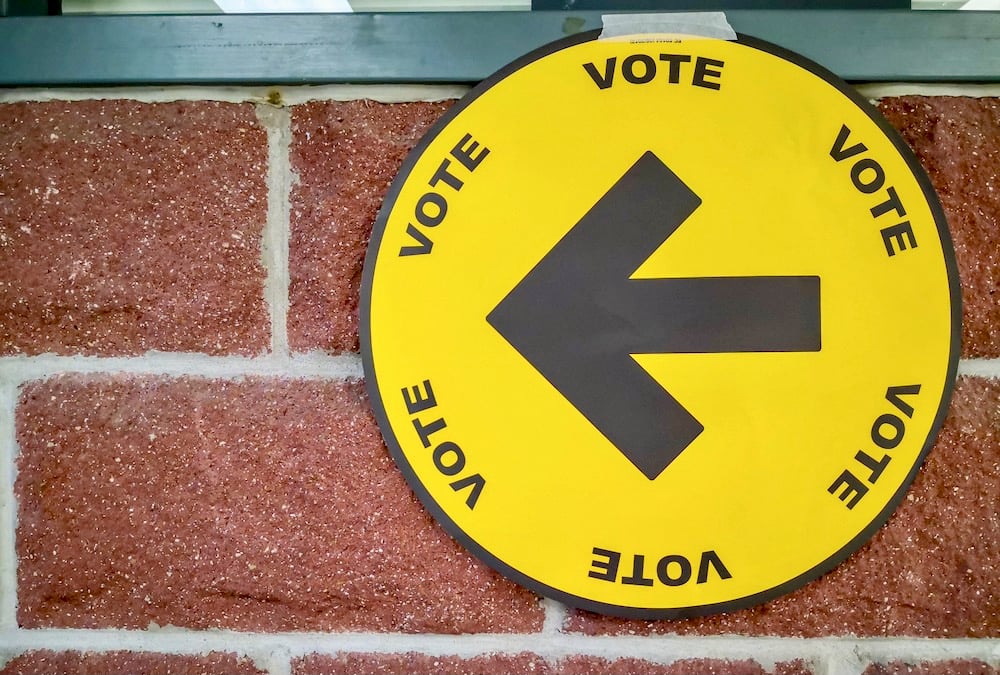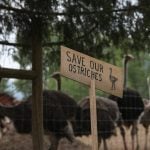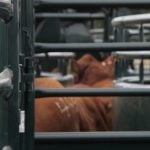It would be easy to spin a doomsday scenario from the conclusions of a recently released report on the world s ability to feed its growing population with diminishing resources.
The Global Food and Farming Futures project, undertaken by the U.K. government under its Foresight program, consulted with 400 leading experts and stakeholders from 35 countries in an effort to highlight the decisions policy-makers must start making to fairly and sustainably feed a world population of nine billion by 2050.
The project looked at five key areas: balancing future supply and demand sustainably, food price stability, ensuring fair access to food, managing the food system s impact on climate, and maintaining biodiversity and ecosystem health.
Read Also

Manitoba farmers offered crop insurance carrot on marginal acres
Farmers planting poor field acres to perennial forage can get a break on forage crop insurance programs under new Forage Advantage pilot program.
In a nutshell, its chief conclusion was that we re failing rather miserably at the moment. It s apparent the system is not coping particularly well with these pressures, says lead expert specialist James Muir, an international development and research advisor with the University of Stirling in Scotland. We are at the point where we have to make some difficult decisions.
If we don t think about things now, we are going to lose the game, he said.
Yet Muir said the message emerging from the process is strangely one of hope. This is a good time for action, he said. We are generally capable of using our knowledge effectively to make change.
Muir was in Canada last week addressing the International Federation of Agricultural Journalists congress in Niagara Falls as part of a panel discussion into the elements of the sustainability story that journalists might be missing.
Those of us who live and breath agriculture are fully aware of the role technology and in particular, genetics, will continue to play in achieving productivity increases. But most of us are also aware in varying degrees that feeding the world in 2050 can t be accomplished by solely focusing on yield increases. There are also issues of environmental decline, equitable access, waste reduction, and trade policy, to name a few.
Yet the feed the world discussion has largely been dominated by the production challenge. The private sector research and development companies are sometimes criticized for co-opting the agenda, but to their credit, they are at least doing something about their part of the solution.
The rest of us, from international governments right on down to individual consumers who throw out upwards of 50 per cent of their food purchases, have exercised a large measure of inertia perhaps even denial of our role in finding solutions.
Politicians are happy to talk about the production challenge, which is something for someone else to address. They are much less vocal about the availability challenge, which is a broader discussion and one that puts the food file back on their desk.
Speakers at the IFAJ conference were asked to flesh out some of the issues of food availability and sustainability that don t get as much coverage and offer some insights into the media s role in this equation.
A radical redesign of the global food system is required, Muir said. We need to redefine the agro-ecological context.
At the core of this is a need to end across-the-board budget cuts that are responsible for reducing investments in publicly funded research to between one and 1.5 per cent of GDP from historical levels of three to five per cent, he said.
Also critical is developing a can-do culture that empowers individuals to take action and make changes in everyday ways, rather than portraying the issues as being so large and insurmountable that they tower above our capacity to act.
Soil scientist Jill Clapperton appealed to delegates to find and tell the stories of farmers who are incorporating sustainable agriculture into their business plans so other farmers can learn from their example. That was echoed by Kevin Perkins, executive director of Farm Radio International, who noted the media is the means by which good ideas can be scaled up into widespread practices.
But Clapperton said sustainable agriculture solutions will be different for farmers in different parts the world. One size fits no one, she said. To manage soils, we have to understand culture.
For example, tractors are of less value than oxen in some regions. In cultures where cattle are currency, giving people genetics that will increase the size of their herds could prove environmentally disastrous unless it is accompanied by improved strategies for grazing management, she said.
And a focus on nutrition must supercede the drive for more calories. Are we just producing a whole bunch of calories versus are we producing food that is good for us?
Feeding the world sustainable is not an insurmountable problem. It s a choice we have to make. [email protected]














